What shape will retail take in the future, what role will technology – especially AI – play and what values will still prove important when an ever-increasing number of retailers are transforming into technology companies? These and other questions were discussed intensively by retail experts and managers at this year's International Retail Summit, which was held last Thursday and Friday at the Gottlieb Duttweiler Institute.
Read on for a number of key insights from the summit:
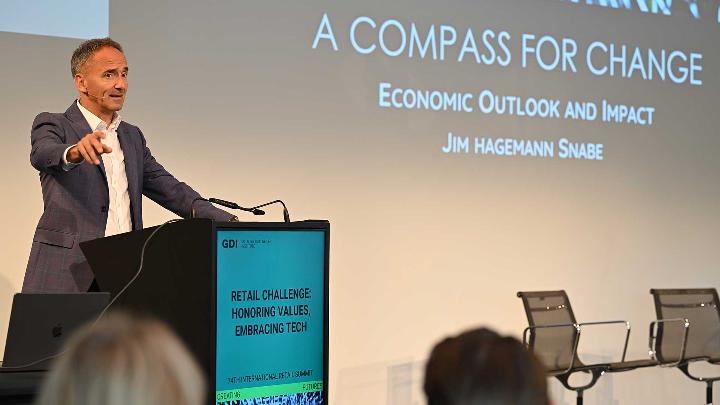
New opportunities and visions
The Chair of the Supervisory Board of Siemens Jim Hagemann Snabe inspired the audience with a far-sighted look at the opportunities and challenges presented by an increasingly digitalised world. Despite concerns about the recession, Snabe was optimistic: "We are facing one of the greatest turning points in our time," says the expert on innovation, digitalisation and social progress. He continued by saying that boundaries are primarily set in our minds and that it is important to be courageous and develop the ability to create new visions. He cited the example of Maersk, which has set itself the objective of achieving emission-free shipping by 2050. According to Snabe, this is proof of how technological innovations can be used successfully to achieve sustainable goals. However, he warned against relying solely on technology, as resilient supply chains and a responsible approach to AI are crucial to successfully shaping the change in retail.
Divided opinion
Johannes Bauer, Head of the Gottlieb Duttweiler Institute Think Tank, presented the initial results of a study that is looking into the use of AI in retail, which will be published at the beginning of 2025 and is based on a survey of 3,000 people in the German-speaking world. The results show divided opinions: 33% of the people surveyed are curious about AI, 26% express mistrust and 21% feel uneasy. These mixed feelings reflect the uncertainty about how AI will change everyday life in the long term. Bauer emphasised that the success of AI depends heavily on consumer trust. While positive effects are expected in the public sector, those surveyed fear negative effects on the labour market. Experts believe that companies will gain the biggest advantages, but warn against a deterioration in the customer experience. According to Bauer, AI shopping assistants could help consumers save time and money through personalised product recommendations and price comparisons. Nevertheless, this does not mean we do away with human contact. Employees would have to be trained accordingly in order to maintain a balance between technology and humanity.
Technology as a good servant
dm CEO Christoph Werner also emphasised that the success of companies is based on a clear focus on the needs of customers. "Success has many parents," he said, pointing out that dm had succeeded in placing the entire company's focus on customer orientation. dm's main philosophy is that technology should support people and not replace them. "Technology is a bad mistress, but a good servant."
Back to the top
Mario Irminger, Chair of the Executive Board of the Federation of Migros Cooperatives, showcased how Migros intends to regain market leadership in the Swiss food retail sector with its "Mission 2030". The aim of the newly founded Migros Supermarket Ltd is to develop clear strategies for the core business and optimise the product ranges with the support of Migros Industrie. Despite the challenges, Irminger provided the following assurances: "Our reputation as a love brand and our financial stability remain our pillars". The transformation process will take several years; technology is also the enabler here, but success will be determined by a consistent focus on the needs of the consumers.
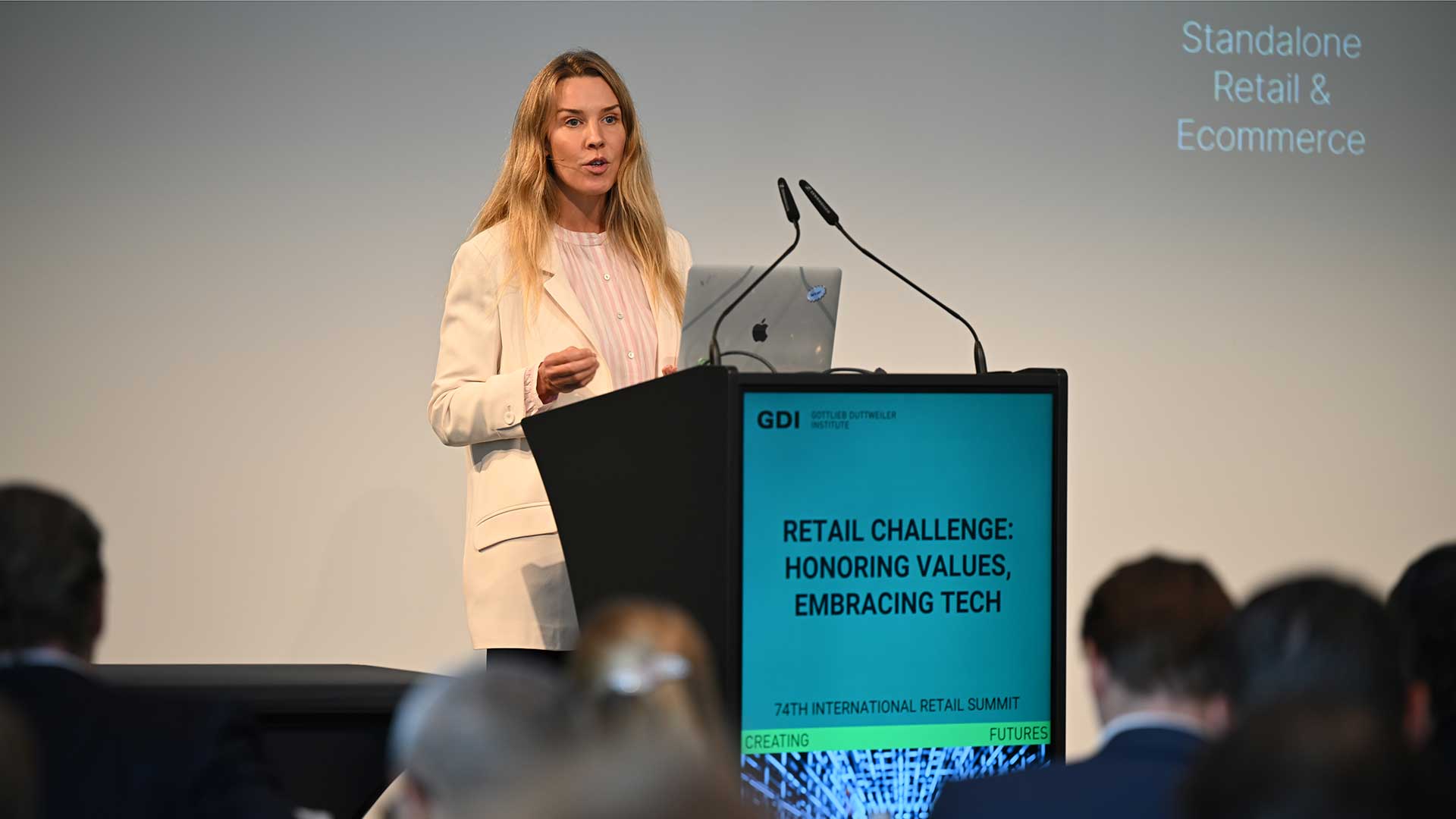
Seamless shopping
Deann Evans, Managing Director EMEA at Shopify, emphasised the importance of a seamless shopping experience. She presented the results of a survey that revealed that over 53% of consumers are prepared to switch brands if they find a better price-performance ratio. Nevertheless, only 7% of companies make significant investments in improving the customer experience. Evans emphasised that the future of retail lies in creating seamless experiences across all channels - from bricks-and-mortar retail and online shops to social media and mobile apps. As an example, she cited the company Schleich, which was able to reduce its checkout cancellation rate by 31% thanks to a flexible e-commerce platform. She finished her presentation by saying that although technological innovations can significantly improve the purchasing process, in-depth customer orientation remains the key to long-term success.
Understanding customers
Behamics founder Thilo Pfrang used several examples to explain how AI and behavioural science can be combined in the online retail sector. The spin-off from the University of St. Gallen uses subtle "nudges" to make shopping more intuitive and enjoyable for customers. One example is automatically redirecting customers to complete a purchase when the AI predicts that they are ready to buy. This leads to more completed transactions and fewer returns. Pfrang stressed that it is extremely important that a differentiated analysis of customer behaviour is carried out in order to optimise the shopping experience. Technology acts as a kind of psychological advisor that positively influences customer behaviour without controlling it.
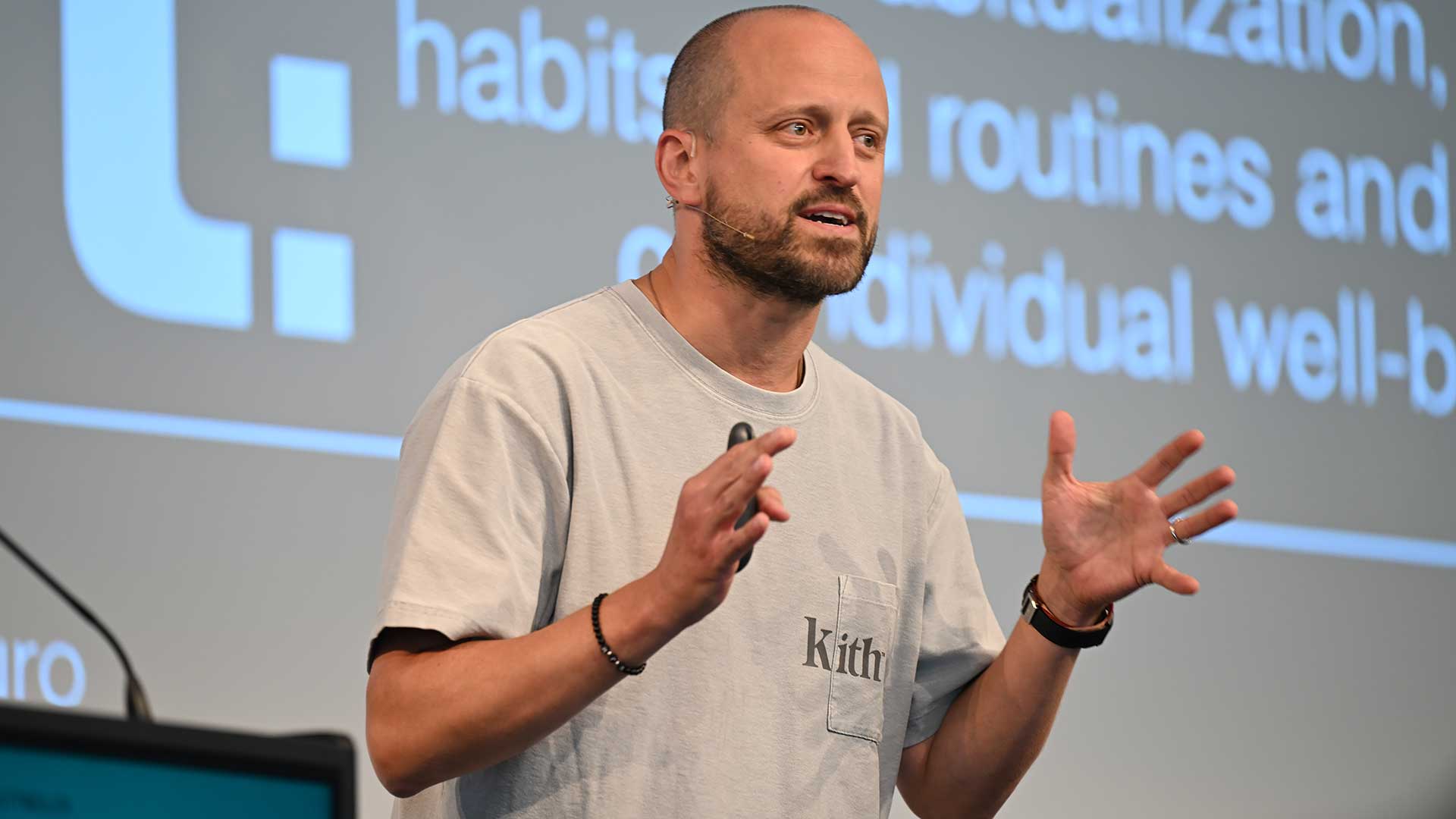
Longing to belong
In his presentation on the "experience economy", Avantgarde Group CEO Marc Schumacher highlighted the extent to which consumer behaviour has changed. Consumers are increasingly looking for brands that surprise them and appeal to their emotions. As an example, he mentioned a Gucci show in which 68 identical twins walked down the catwalk – an extraordinary moment that illustrated the desire for multi-sensory experiences. "In a world where TikTok videos have reduced attention spans to mere seconds, it is becoming increasingly difficult for brands to inspire long-term enthusiasm," says Schumacher. He continued by saying that offline experiences that create a strong sense of belonging are becoming more important again, as 70% of people would rather spend their money on experiences than on things.
"We are experiencing the moment of photography again"
Stefano Puntoni, Professor of Marketing at the Wharton School, spoke about the connection between man and machine in retail. He compared the present day with the introduction of photography in art. Just as photography liberated art from realistic representation, AI is now creating space for creativity by taking care of repetitive tasks. We are experiencing this moment of photography again today with humans and AI working together. One example is search engine optimisation (SEO), where AI generates data-based content while humans interpret and refine it. This symbiosis of man and machine creates new possibilities that offer greater potential than pure automation.
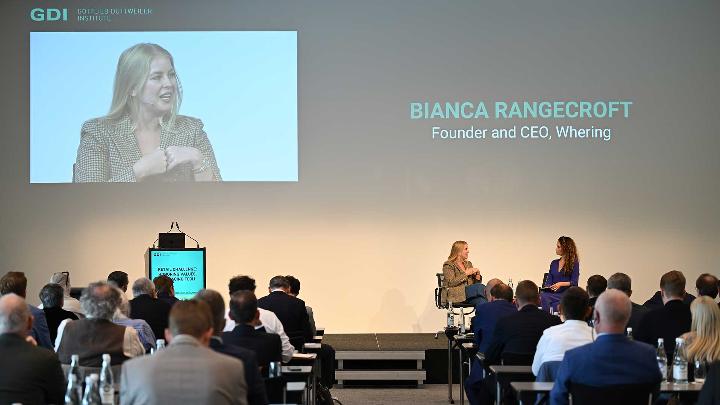
The wardrobe with technology
Bianca Rangecroft, founder and CEO of Whering, presented an app that could fundamentally change consumer behaviour in the fashion world. With some 5 million users, her app digitises a user's wardrobe and manages it with the help of AI. It suggests personalised outfits, creates wish lists and allows users to gain insights into other people's wardrobes, exchange styling tips and draw inspiration from looks from certain communities. It also shows how often items of clothing are worn and helps to assess whether a purchase is worthwhile. The app is particularly appealing to Generation Z, who, according to Rangecroft, "expect a personalised experience."
Breuninger: On the road to success with technology
Breuninger CTO Frank Postel gave an impressive presentation, detailing how the traditional company has developed into an international multichannel retailer through the targeted use of technology. Since entering the e-commerce sector in 2008, which now accounts for over 50% of sales, Breuninger has consistently focused on IT modernisation and in-house developments in order to strengthen its online business. Innovative services such as the "Fashion Finder" with personalised recommendations and "Drive2Store", which guides customers to the stores using geolocation, seamlessly bring the online and offline experience together, creating an optimal, customer-oriented shopping experience.
Immersive luxury worlds
Maria von Scheel-Plessen, Director Media & E-Commerce EMEA of a luxury fashion brand, spoke impressively about how the luxury industry uses omnichannel marketing to create seamless and memorable experiences, both online and offline. She explained that brands such as Gucci are combining technologies such as AI and augmented reality to blur the boundaries between the digital and physical worlds. One example of this is the transformation of a London art gallery into a luxury boutique in which the worlds of art and fashion united. Burberry also uses immersive technologies such as the "sound shower" to immerse customers even more deeply in the world of the brand. Personalisation stands at the heart of these strategies: CRM data is used to identify customer needs in real time and create tailored experiences that promote a close, individual relationship between the brand and the customer.
Impressions
The summit offered participants numerous opportunities to network in a relaxed atmosphere and even provided them with creative culinary surprises.
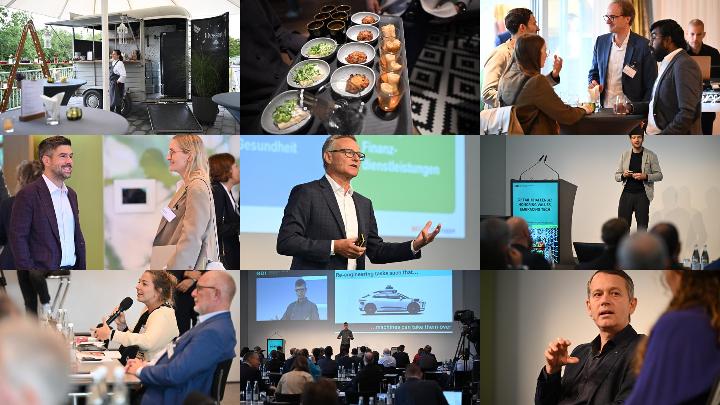
Outlook
We look forward to seeing you (again) at the 75th International Retail Summit next year.